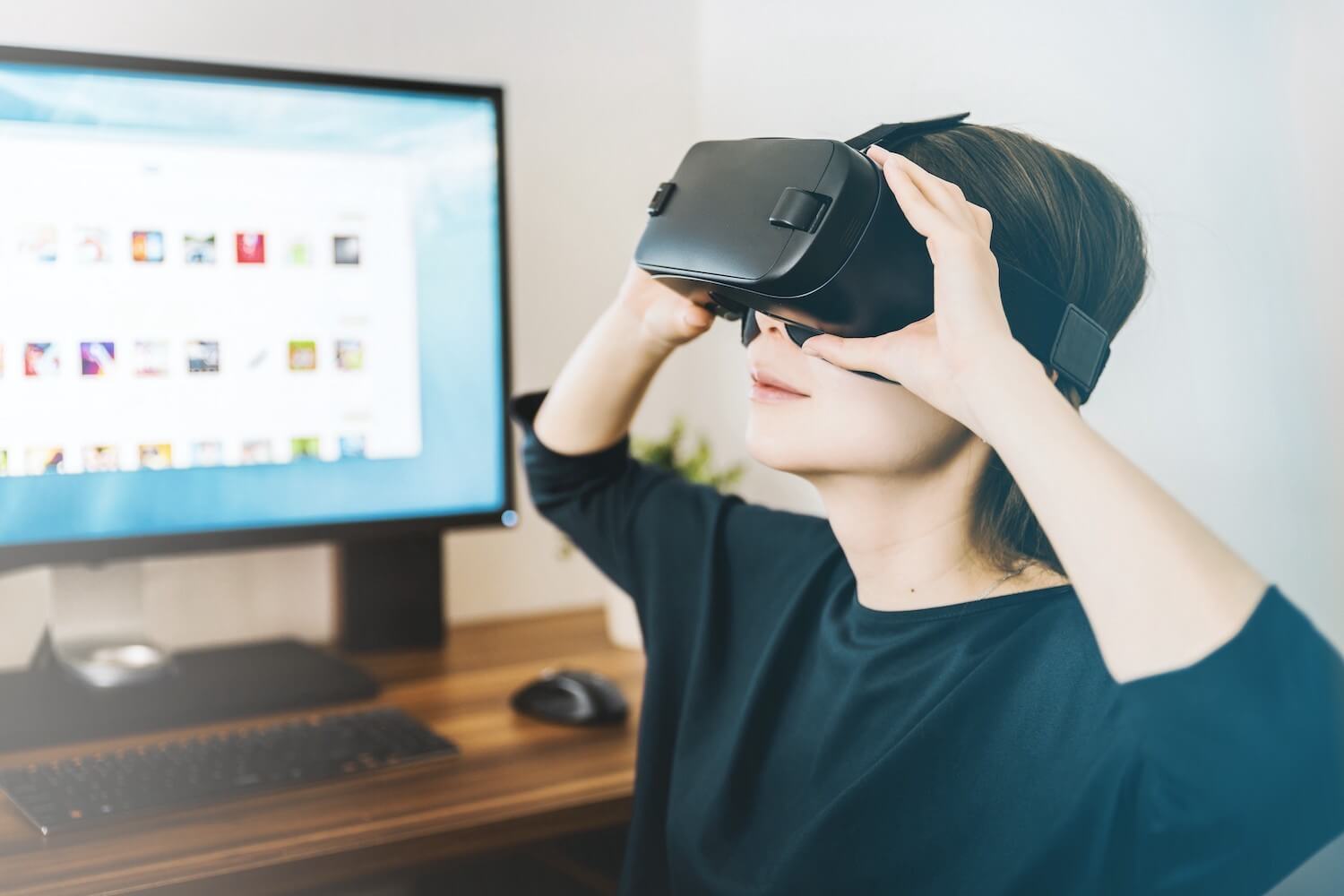When is it OK? When is it disrespectful? My thoughts on a complicated topic
Simulation is a common but misguided approach to invoking empathy for disability and accessibility-related issues. This is often done in group settings and is incredibly common in training sessions — where participants wear blindfolds or ear plugs, sit in borrowed wheelchairs, or swap their mice for keyboards trying to experience what it means to be disabled.
Where simulation falls short is in five very specific areas that can never, ever be simulated no matter how good your facilitator is or what type of disability they may have:
- People simulating disabilities at the end of the session know that the simulation will be over. People with actual disabilities are rarely that lucky.
- People simulating disabilities aren’t carrying microaggression baggage from having dealt with years if not decades of being treated as inferior and not worth including in really basic topics like having groceries delivered and applying for jobs.
- People simulating disabilities don’t have to deal with the three most common side-effects of a disability. These are depression, chronic pain, and fatigue, any one of which can really mess with a user experience, big time. It takes a little issue that is just slightly annoying and maybe not even worth mentioning for someone without a disability (such as a CVV code having to be reentered when a form submission fails) and turns it into a really big issue.
- People simulating disabilities haven’t been continually disappointed by businesses who have repeatedly failed to account for their needs. This causes users with disabilities to get frustrated and angry more quickly than users without disabilities.
- It is impossible to simulate a neurodiverse state. You can’t sumulate IDD, epilepsy, ADHD, OCD, autism, or any mental health issues. It’s just not possible
So for general training, I never ever use disability simulation as an empathy-building exercise.
OK, I’m convinced — no empathy building exercises. So what can I do?
What I do instead of simluated disability empathy exercises is show short and powerful videos of people with disabilities talking about their lived experience with a disability in their own words. My two favorites are:
- The Apple/Sady video
This movie is great because in under two minutes it shows you no fewer than eight pieces of assistive technology being actively used by people with disabilities. I include this video in every . single . “introduction to accessibility” or unconscious bias class I ever teach. And I stop in the middle — where the person is programming their hearing aids to connect with their iPhone — and talk about my daughter, and how without Bluetooth and digital hearing aid technology, she wouldn’t be able to communicate by phone with anyone, understand classes in enormous lecture halls, or speak Chinese with her family or patients.
2. “Access, the Movie” from Chris Higgens
This less than 15 minute short movie takes you through some of the things a blind person experiences on a daily basis.
There are nine more videos and TED talks that I recommend for understanding accessibility, but I feel these two are the best for replacing empathy building exercises.
Simulating disabilities as a problem-finding exercise is OK, if done correctly
That’s how I, a person with glaucoma who doesn’t use a screen reader, find and log screen reader bugs in our code. Most people in accessibility are there because they have a disability, or someone close to them has a disability (in my case, both). But no one is ever going to be able to check every single disability category box. And even if they can, two different people with the exact same diagnosis and disability can use different assistive technology and adaptations. So having a team with a broad range of disabilities and learned approaches to assistive technology compensating for disabilities that they don’t have is actually a good thing.
How the learned approaches are acquired is important. If you learn how to use a screen reader through an online tutorial without ever interacting with someone who is blind, it will not be an authentic experience. You had the bias of being able to see during your learning process, and you really don’t understand anything about data processing by people who need to use screen readers every day. It’s important to spend time with people who are native users of assistive technology to really understand what is important to them and why.
Another thing that cannot be done frequently enough is seeing others with disabilities struggle with their experiences with your product. It is literally life changing. I have seen more than one participant on both sides of the focus group table break down in tears over this. The most important thing is to make sure that the findings from these user research sessions are embraced and then acted on.
Some disability advocates go as far as saying that disability simulation creates damaging stereotypes. And that is definitely true at one end of the extreme. People with long-standing disabilities have coping mechanisms that they have developed over years of trial and error. When used in empathy building exercise, disability simulation focuses almost exclusively on the initial difficulties of the loss of an ability rather than the process of adaptation and adjustment. The loss of an ability is almost always perceived negatively and that perception can seep into the participant’s perception of the disability itself. Focusing on the ability rather than the DISability is the path to true understanding of what people with disabilities want from accessibility.

0 comments on “Simulating Disabilities”